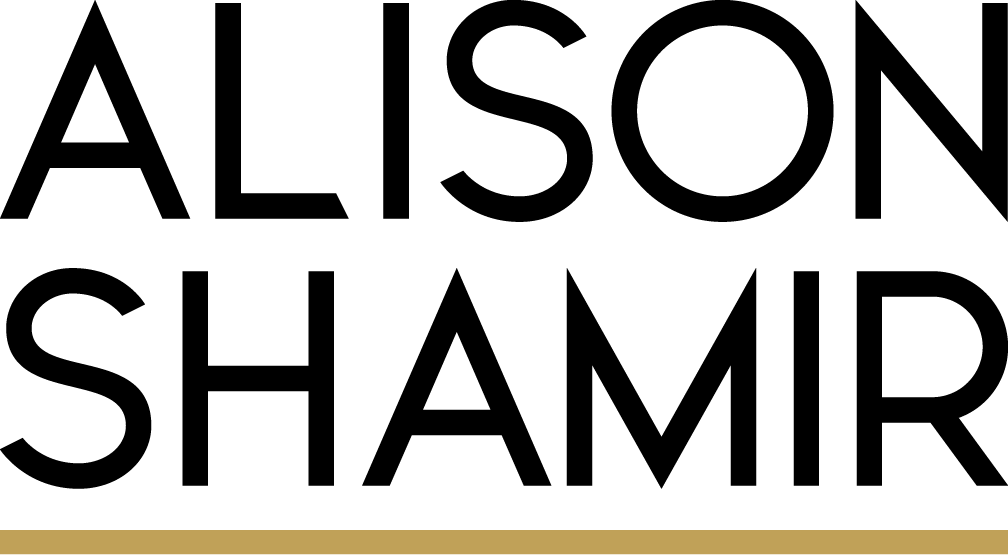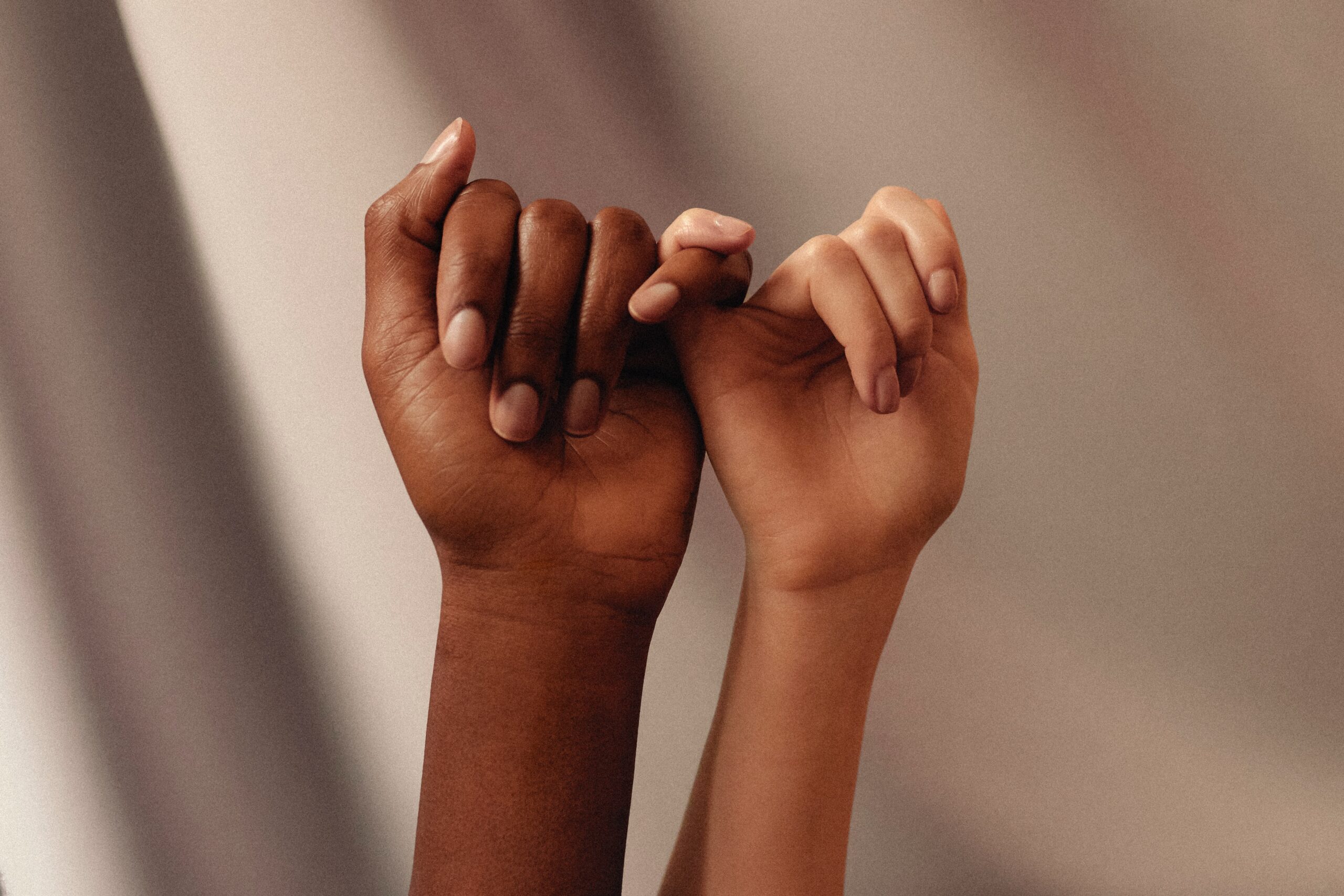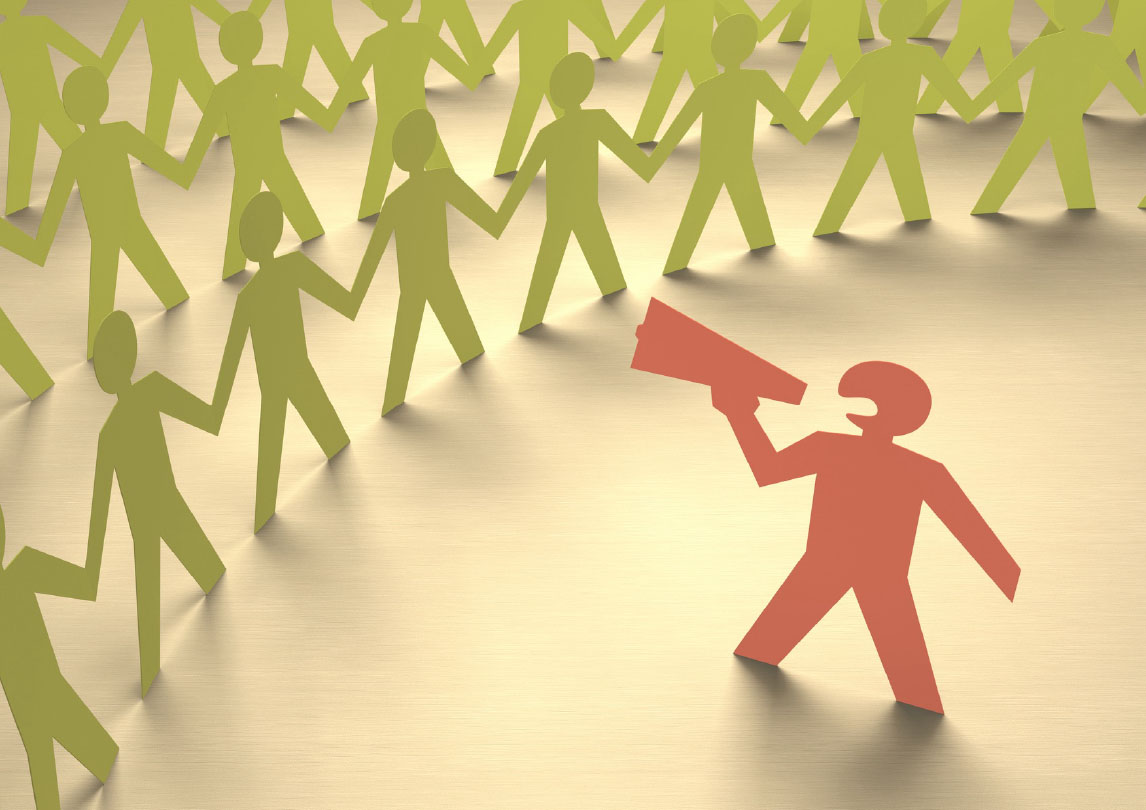This year’s International Women’s Day theme is Break The Bias so we’re peeling back subconscious layers to ask: how does bias affect women at work? And how does bias erode women’s Confidence?
Some common effects of bias for women in the workplace are:
- Being overlooked for opportunities
- Inability to get a job they’re qualified for
- A homogenous workforce where employees have a similar background
- Significant gaps in lifetime earnings between women and men
First, it’s important to note that all people can fall into bias traps. That’s why it’s important to firstly understand bias and call out bias if you’re willing to do so.
When many biases are unconscious, how can we call out bias?
By knowing it when we see it; in others, and in ourselves.
What kinds of bias exist?
CONSCIOUS AND UNCONSCIOUS BIAS
Conscious bias describes the biased attitudes we are aware of and deliberately choose.
For example, you may know that you do your best work in collaboration with other women, so you’ll deliberately choose project partners who are women.
Also known as implicit bias, unconscious bias is an assumption that a person forms based on previous life experiences and exposure to stereotypes. People are not aware of their unconscious biases, and they do not realise their actions are being affected by these biases.
For this reason, we need to be aware of different types of biases, and call them out when we see them in other people.
We can also examine our own thoughts and decisions to look for the effect of bias.
No one is perfect, and this is a way for us all to become aware of and acknowledge our biases and do better.
How does bias affect women in the workplace?
GENDER + AGE + MOTHERHOOD BIAS
Younger workers can be judged as inexperienced or unreliable. On the other hand, young workers are often cheaper, so they may find themselves fired from low-paid hospitality jobs at age 18 so employers can avoid paying the adult minimum wage (this is illegal, of course).
Older women are seen as less valuable, less competent and irrelevant as they age. (I know this makes me angry too).
Motherhood triggers assumptions that women are not as interested in their jobs as childless employees. What’s more, motherhood bias can begin before a woman has a child. Women of typical childbearing age (late 20s and 30s) are often overlooked for jobs and promotions because they are seen as a maternity leave risk.
There’s also a gender-based performance bias: “People tend to underestimate women’s performance. That’s why women often have to accomplish more to show they’re as competent as men. Women are hired based on past performance; we have to see proof that they have the right skills.” Leanin.org
AFFINITY BIAS
People gravitate towards people who are most like themselves in terms of appearance, beliefs and background.Managers who attended prestigious universities are more likely to hire people who attended the same universities. Because white men are more likely to hold positions of power, affinity bias is a disadvantage to women and people of colour.
PERCEPTION BIAS
Perception bias occurs when we judge or treat others based on often inaccurate, overly simplistic stereotypes and assumptions about the group they belong in. It may involve other biases such as gender, age, race, name, and appearance. For example, the stereotype that all Asian people are good at maths, or that all women aged 28-35 are about to get pregnant.
“Perception bias can make it difficult to have an objective understanding about members from diverse groups.” Asana 2021
HALO EFFECT
A cognitive bias towards someone based on having formed a positive initial perception of one quality or trait. For example, assuming that someone who is attractive and well-groomed is also intelligent, successful and popular.
The opposite is called the Horns Effect. For example, people with an overweight physique are more likely to be judged as poor performers in the workplace.
CONFIRMATION BIAS
The tendency to search for and favour information that confirms one’s prior beliefs; selecting information that supports, and ignoring information that contradicts their existing attitudes.
“People may be overconfident in their beliefs because they have accumulated evidence to support them, when in reality much evidence refuting their beliefs was overlooked or ignored, evidence which, if considered, would lead to less confidence in one’s beliefs.” Britannica
The caring load: how the pandemic disproportionately affects women
There has been a lot of pressure on women in the last 2 years of the pandemic. There’s a bias and expectation that looking after children in a time of crisis is women’s responsibility.
Women are carrying more burden in terms of domestic responsibilities, including homeschooling and housework. It’s leading working mothers to states of extreme stress and burnout as they try to ‘do it all’.
In Australia, where I live, women lost more jobs than men, and were less likely to get government support; JobKeeper subsidies excluded short term casuals, who in the hardest hit industries are mostly women.
Around the world, “Women who are poor and marginalised face an even higher risk of COVID-19 transmission and fatalities, loss of livelihood, and increased violence… The recently released report shows that the pandemic will push 96 million people into extreme poverty by 2021, 47 million of whom are women and girls. This will bring the total number of women and girls living on USD 1.90 or less, to 435 million.” UN Women, 2020
Mothers were more likely than fathers to reduce their hours or stop work to stay home with children during lockdowns and homeschooling periods. “A study of 40,000 US employees by Lean In found fully 25% of women were considering leaving the workforce or slowing down their careers.” Forbes article, 2021.
For women’s financial security, this drop in employment has a significant effect on their lifetime incomes and superannuation savings: “Six months out of work can add another $100,000 to the average $2 million lifetime earnings gap between men and women with children in Australia.” Grattan Institute report 2021.
Gender and age biases erode women’s Confidence at work
For women who experience subtle or overt forms of bias in the workplace, it’s exhausting.
It’s like women can’t win, no matter their age.
- In their 20s, women are seen as ‘too young and inexperienced’.
- In their 30s, women are assumed to be a ‘baby-risk’.
- In their 40s women are ‘preoccupied with their kids’.
- In their 50s and 60s, women are ‘less valuable’ despite their significant experience.
There’s no sweet spot for women.
As a result, many women feel the need to work harder, look a certain way (read: young and attractive), and achieve greater results to be considered for promotions or leadership roles.
In severe cases this can lead to perfectionism, overwork and burnout.
Throw in a bout of Imposter Syndrome triggered by being one of a few women in a male-dominated field, and this is a toxic combination that is harmful to a woman’s self worth.
Confidence helps you push through bias
To be clear, it is not the responsibility of women alone to reverse biases.
We need all genders and all voices at the table, across organisations globally.
And Confidence plays a vital role in helping you join these conversations or even lead them if you wish to. Confidence helps you push through the negative experiences of workplace bias you may experience.
We shouldn’t be experiencing bias at work, it is grossly unfair at times.
And trust me I know as I have been on the receiving end of one major gender bias in my career. This experience destroyed my Confidence for an entire year and cost me a lot of money (more on that story later) but bias exists and it’s something we all need to be aware of.
Because information is power, it gives us choices.
As we’ve discussed, most biases are unconscious, so most people don’t realise they’re making choices due to their underlying biases.
COACHING TIP:
What’s one confident action you can take to help #BreakTheBias for women in your workplace?
If reading this has highlighted some instances of bias against women in your workplace, what can you do about it?
- Participate in unconscious bias conversations amongst each other or a talk/training with someone like me
- Call out bias statements during meetings
- Talk about bias on social media, to make people more aware of the issues
- Insist on salary transparency
- Speak to HR or your manager about what you have experienced and how you felt
- Work with HR to develop hiring policies and interview practices that are free from bias
This blog is designed to be thought provoking, to help you self reflect on your own thoughts and to share details on the types of biases that exist – often without us realising.
Bias can be a real confidence killer and can certainly be a huge trigger for Imposter Syndrome.
It’s making the unconscious conscious that brings a new and powerful perspective.
In 2022 women have come a long way, but we should never settle because there is much more work to do.
And that work is not our shoulders, it is a collective conversation, but our role as women is to ensure that conversation is always happening.
Together, we can break the bias.






